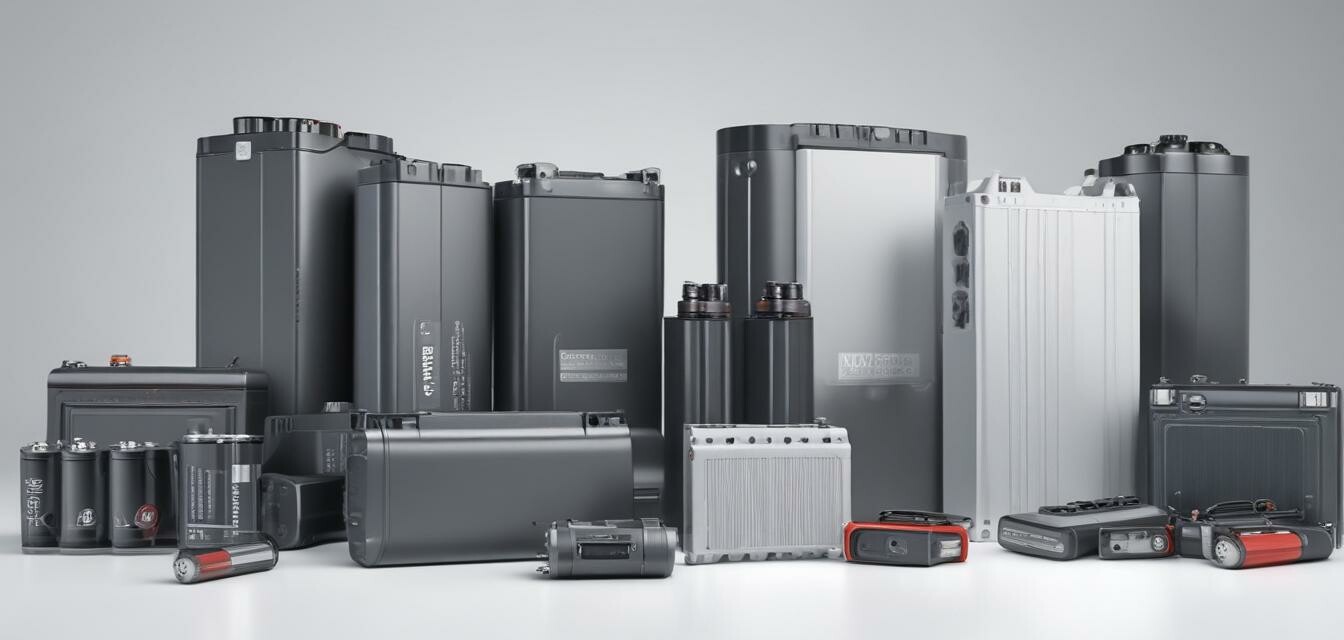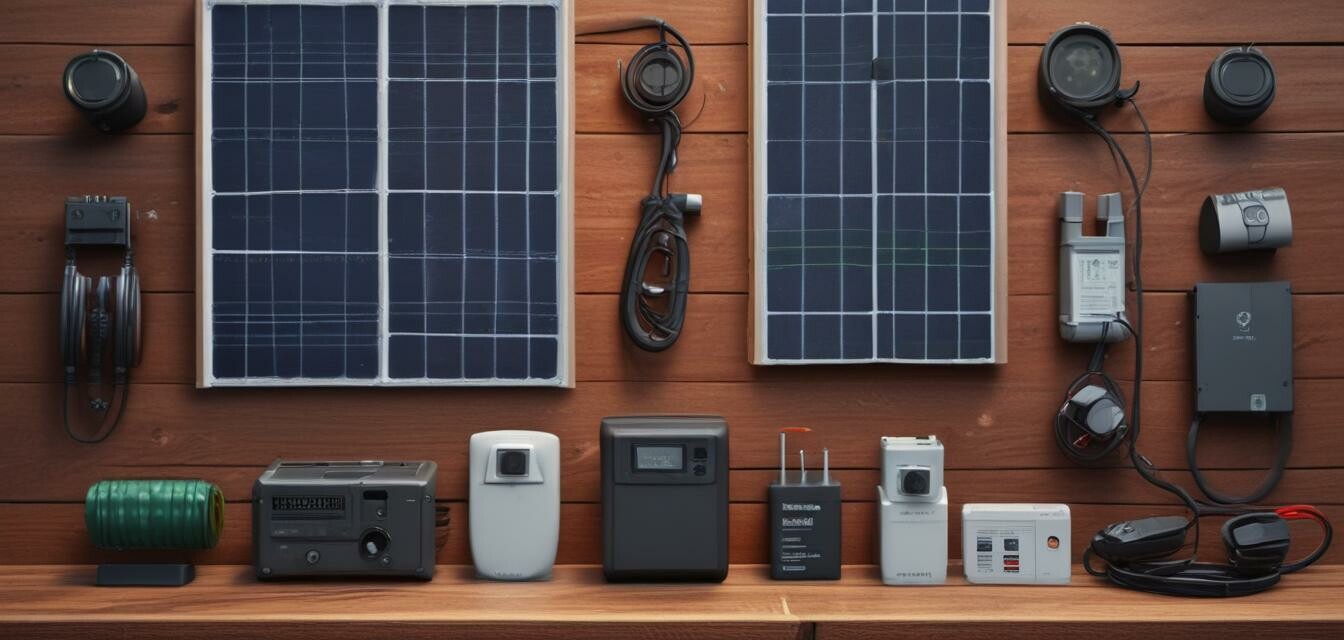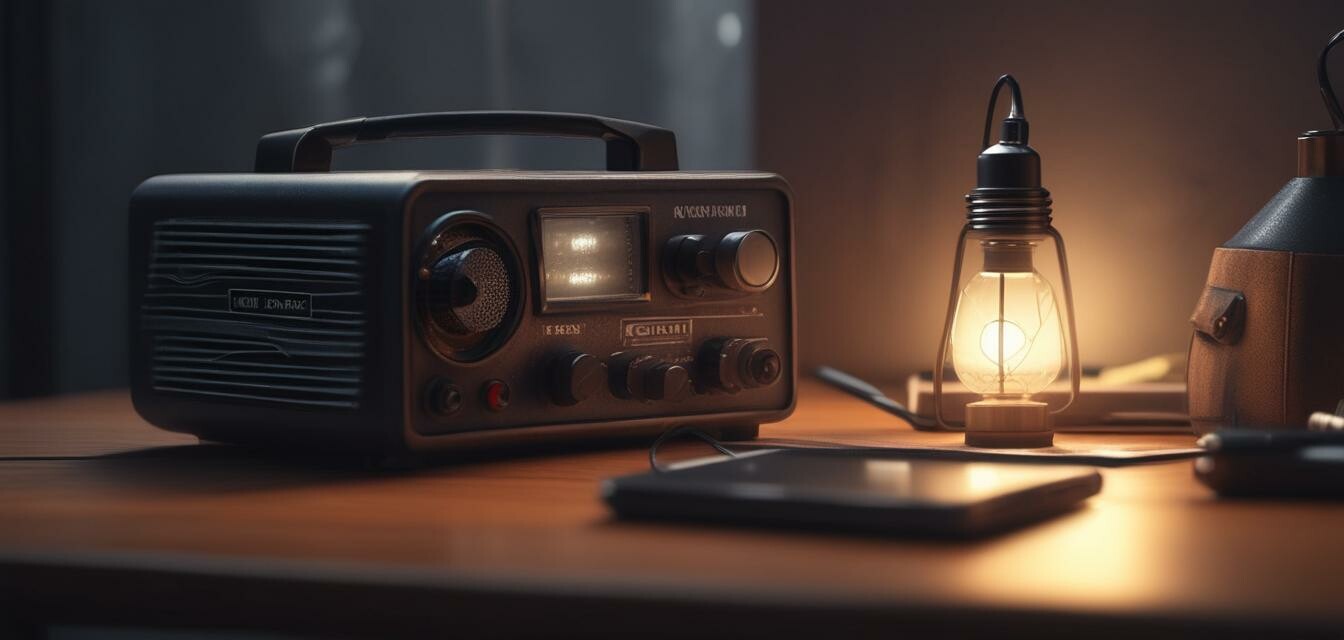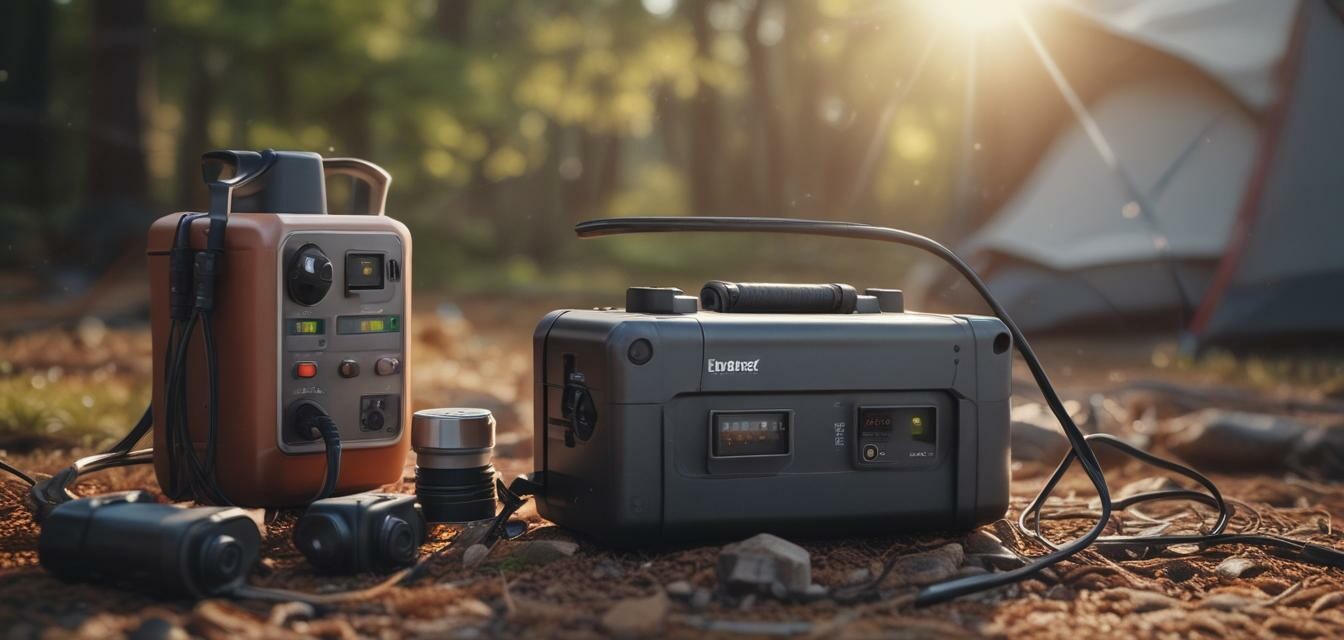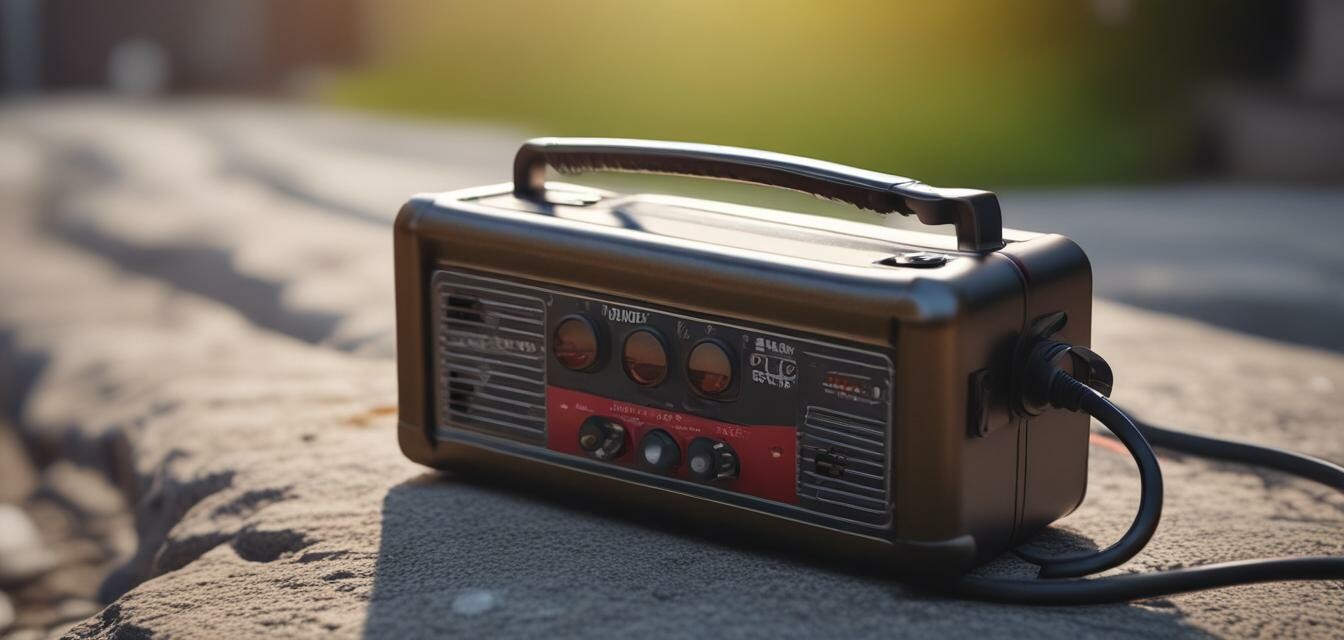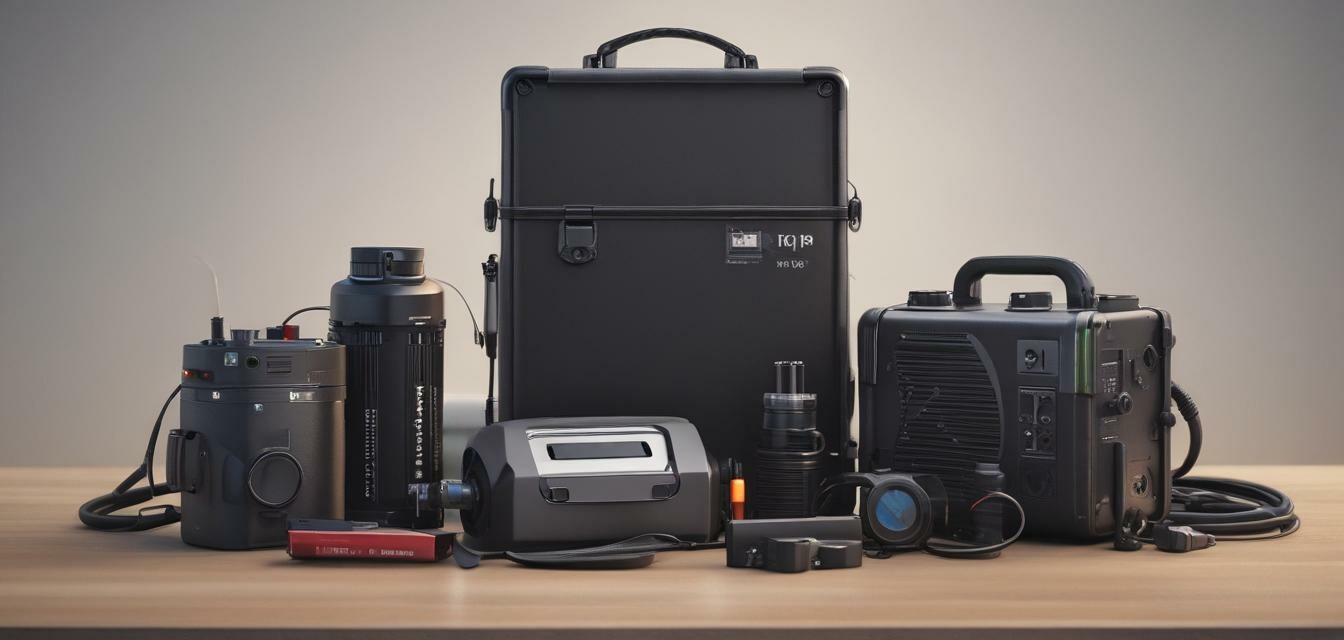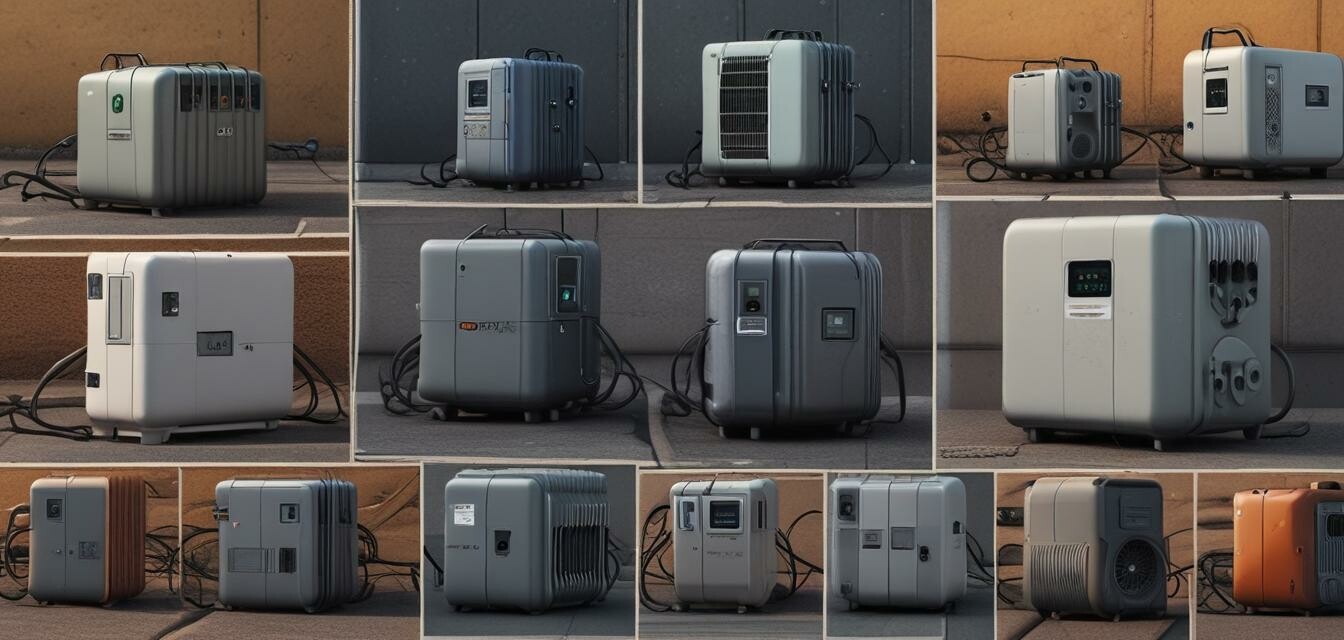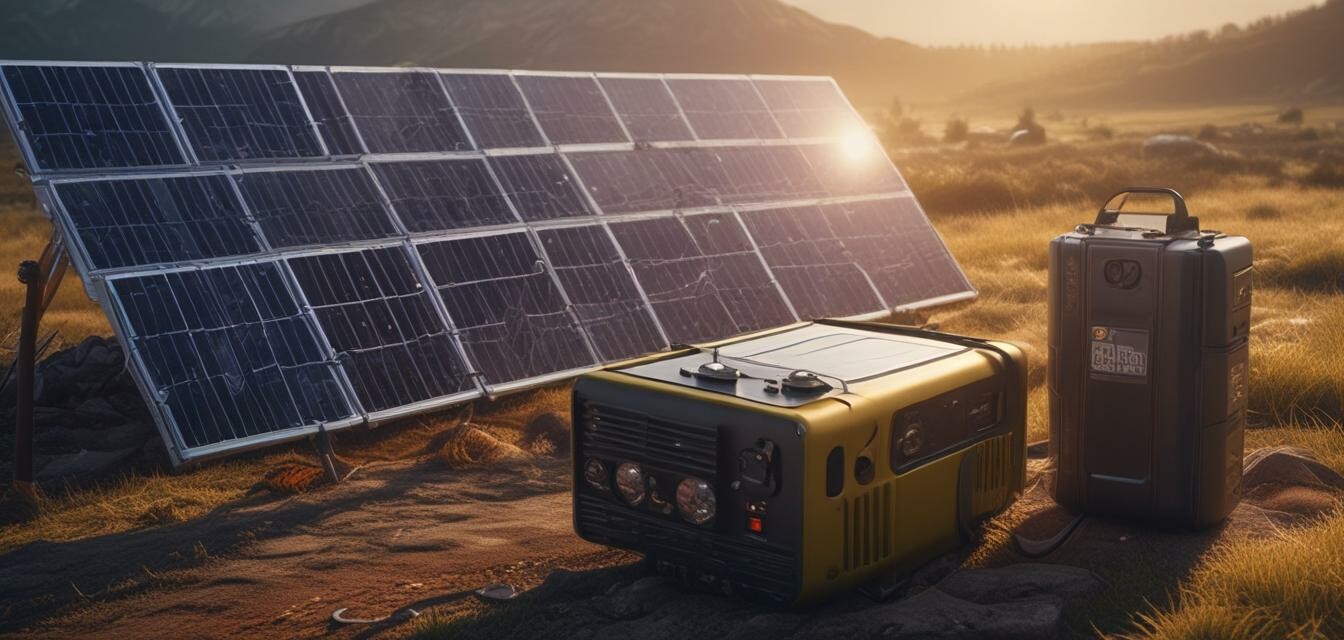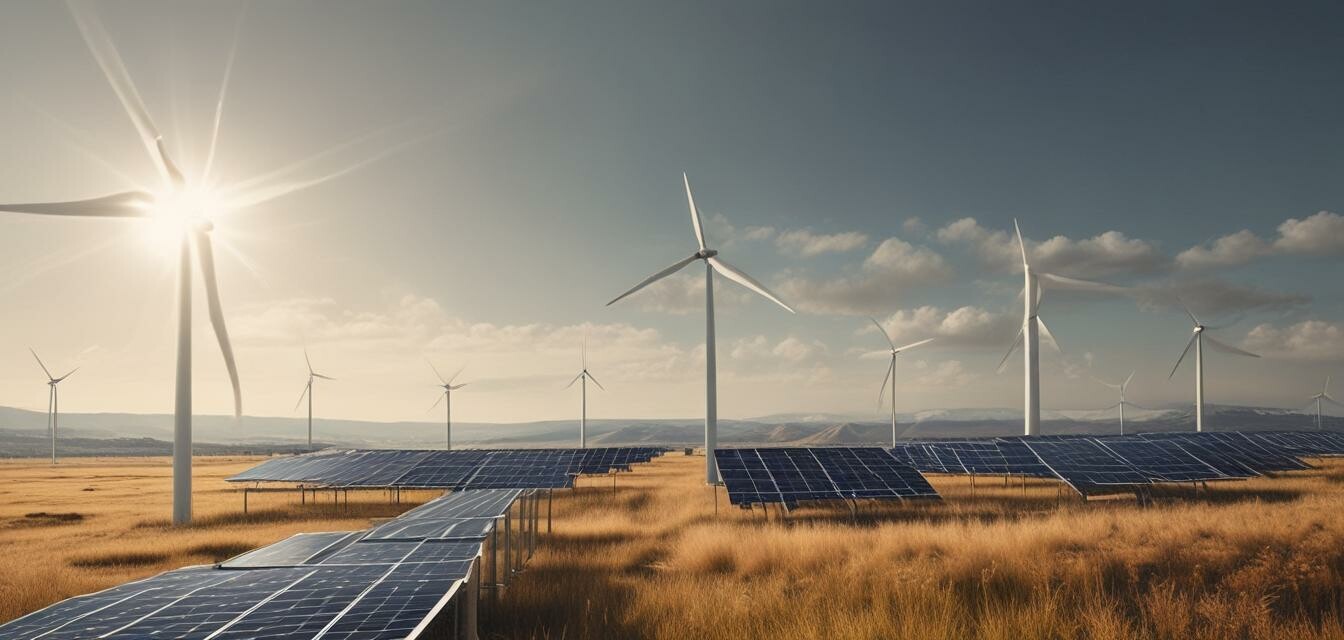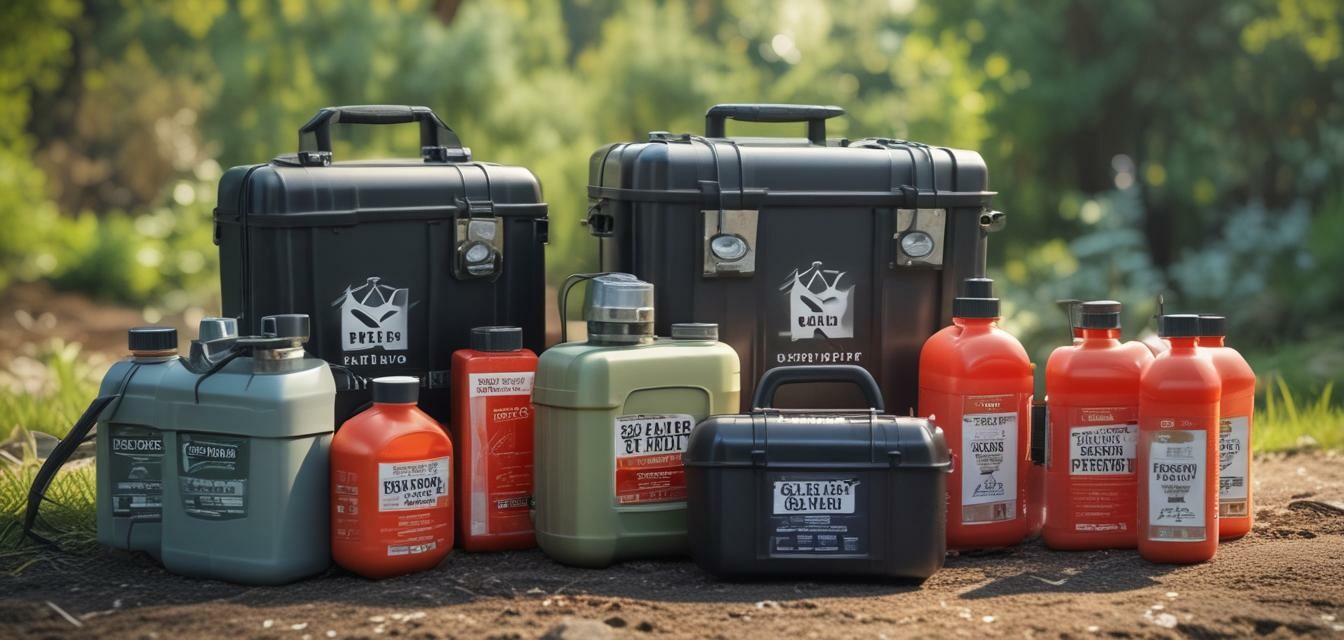
Emergency Preparedness Strategies
Key Takeaways
- Understand the types of emergencies that may require a power backup.
- Create a customizable emergency energy kit based on specific needs.
- Regularly test and maintain your equipment to ensure reliability.
- Explore sustainable options like solar charging kits for energy independence.
- Stay informed about local emergencies and preparedness resources.
In a world where unpredictable events like natural disasters and power outages can disrupt our daily lives, having an effective emergency preparedness strategy is essential. One vital component of this strategy is ensuring energy readiness. This article will guide you through the steps to create a well-equipped emergency energy kit tailored to your requirements. Let's dive in!
Understanding emergency energy needs
Before constructing an emergency energy kit, it's crucial to assess your specific energy needs during emergencies. This will help you make informed decisions on the equipment and supplies you'll require.
Types of emergencies to consider
| Type of Emergency | Potential Energy Needs |
|---|---|
| Power Outages | Lighting, refrigeration, electronics |
| Natural Disasters | Heating/cooling systems, communication devices |
| Campsite Power Access | Cooking appliances, charging devices |
Building your emergency energy kit
Your emergency energy kit should be customized to suit your specific needs. Below are essential components to consider when creating your kit:
- Portable power stations
- Emergency lighting solutions
- Backup batteries
- Solar charging kits
- Power cables and accessories
Choosing the right portable power station
When selecting a portable power station, consider the following factors:
- Power output capacity
- Charging options (solar, AC, DC)
- Weight and portability
- Durability and weather resistance
Regular maintenance and testing
To ensure your emergency energy kit is ready when you need it, regularly maintain and test your equipment. Here are some tips:
Maintenance Tips
- Charge portable devices at least once every three months.
- Inspect all cables and accessories for damage.
- Store your kit in a cool and dry location.
- Test your equipment via a controlled power outage.
Exploring sustainable energy options
Investing in sustainable energy sources can enhance your emergency preparedness. Here are some viable options:
- Solar charging kits for clean, renewable energy.
- Battery backup systems to protect sensitive electronics.
- Energy-efficient lights to save power consumption during outages.
Staying informed and connected
Finally, being informed about local emergencies and preparedness resources is crucial. Ensure you have access to:
- Emergency contact information
- Local disaster management plans
- Weather alerts
Creating a communication plan
Having a communication plan helps keep your family connected during emergencies:
- Identify a meeting point.
- Establish a group chat for quick communication.
- Share emergency contact numbers with all family members.
Pros
- Preparedness reduces panic during emergencies.
- Energy independence boosts confidence and safety.
- Customizable kits address individual needs.
Cons
- Initial investment can be high.
- Ongoing maintenance is necessary.
Conclusion
Being prepared for energy disruptions can significantly enhance your safety and comfort during emergencies. By following the strategies outlined in this article, you can create a well-equipped emergency energy kit tailored to your unique needs. Regular maintenance, exploration of renewable options, and staying informed are all key components to ensuring you are ready when the unexpected occurs.
Additional resources
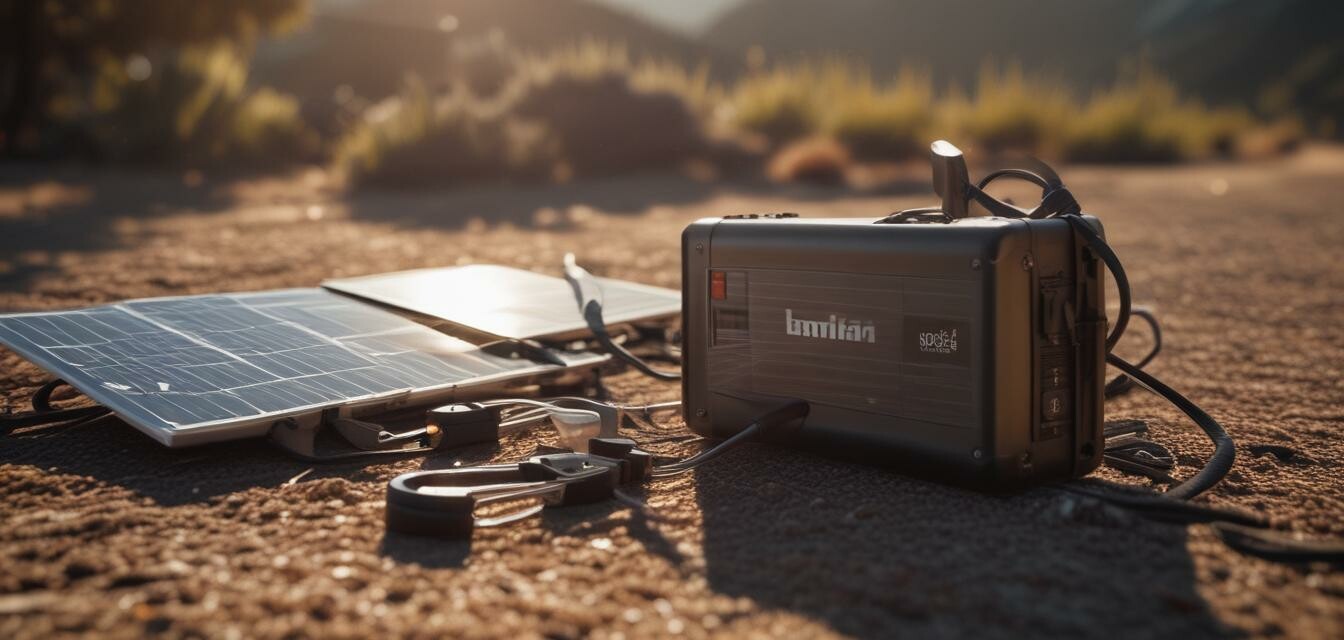
Solar Systems
